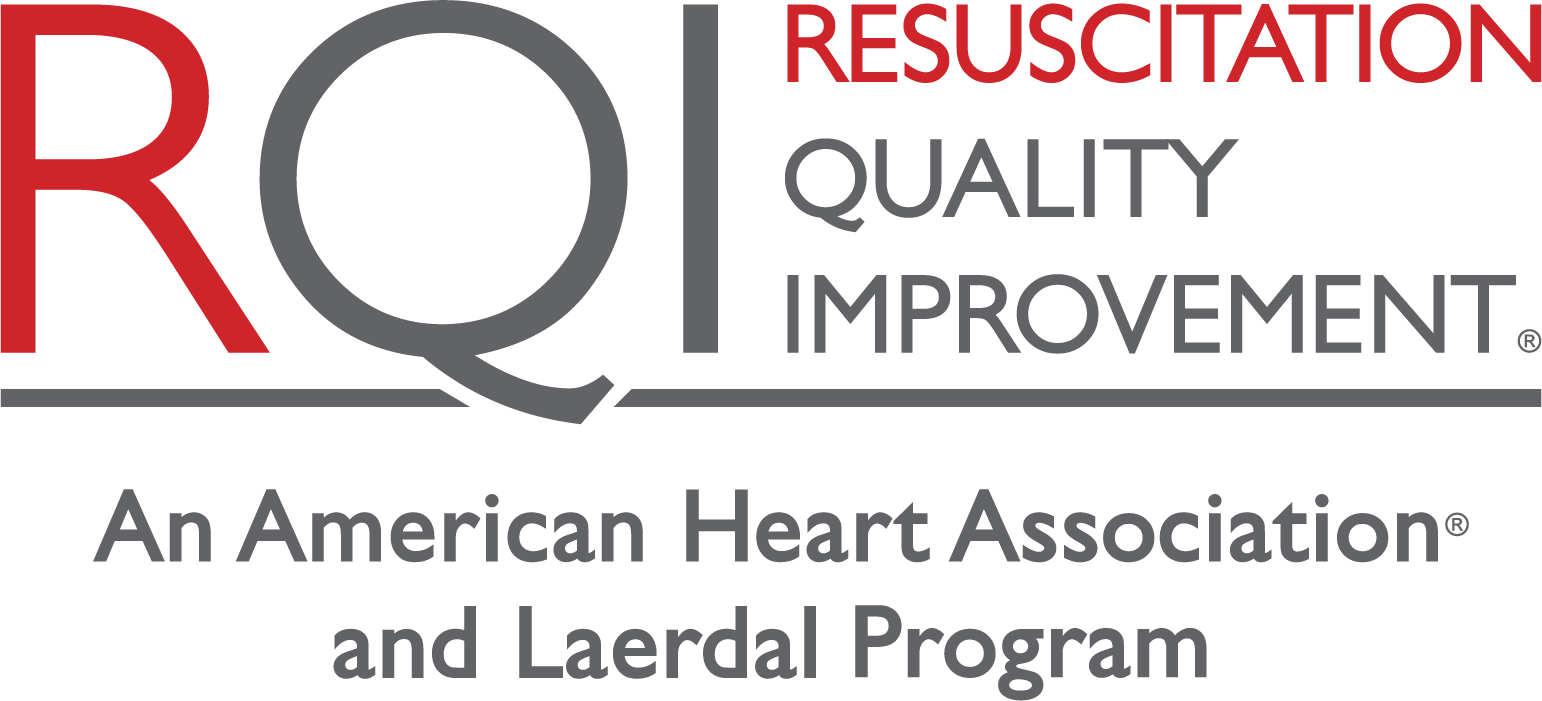-
Diagnostic Entry
Assessment of a learner’s current knowledge and ability to demonstrate a skill prior to beginning learning.
-
Clear Learning Objectives
Key performance metrics that a learner is aware of that they will be measured on during and post learning.
-
Practice Engagement
Practice that is interactive and responsive to a learner’s demonstration of knowledge and/or skill.
-
Continued Practice
Practice that is continued and tailored per learner that can vary in both time and number of attempts to reach or exceed a passing standard.
-
Minimum Passing Standard
A clearly defined standard for knowledge and/or skill that learners need to demonstrate for proficiency.
-
Deliberate Practice
Activities specifically designed to improve a learner’s current level of performance with objected and directed feedback on how to do so.
CONTEXTUAL LEARNING DESIGN
-
Manikin Fidelity
Manikins that are anatomically similar to real-world application of skills and responsive to learner performance.
-
Team Training
Learning that provides opportunity for teamwork and the interaction of roles in a simulated environment.
-
Experiential (Emotion)
Learning environment that is reflective of the stress and emotion involved during the real-world application of knowledge and/or skills.
-
Real-world Relevance
Learning that is applicable to an individual’s scope of practice, including environment, emotion, and use of skill.
-
In-Situ Training
Training that occurs in an environment or space where the real-life application of a skill would occur.
LOW-DOSE, HIGH-FREQUENCY DESIGN
-
Foundation of Knowledge
Establishing a foundation of knowledge for learners to enter a low-dose, high-frequency model for effective recall of knowledge.
-
Low-Dose
Learning provided in smaller, chunked doses.
-
Repetition
Learning provided in repeated doses over a prolonged period of time.
-
Refresher/Booster Learning
Opportunities of recall for knowledge and skill that are structured around a learner’s foundation of knowledge.
FEEDBACK DESIGN
-
Performance Data
Data on performance that is delivered from an objective method, such as a feedback device or high-fidelity manikin.
-
Comparison to Standard
Feedback that is compared to a defined passing rate that identifies a level of proficiency for learners that they need to achieve.
-
Real-time Feedback
Feedback that is delivered during a learner’s demonstration of knowledge and/or a skill.
-
Actionable Information
Feedback that is targeted towards a learner’s needed area of growth with clear language on how to improve.
-
Positive Reinforcement
Feedback that validates a learner’s correct demonstration of knowledge and/or skills with positive language.
-
Audio Feedback
Real-time feedback that is delivered in an auditory format during the learner’s demonstration of a skill.
-
Visual Feedback
Real-time feedback that is delivered in a visual format during the learner’s demonstration of a skill.
DEBRIEFING DESIGN
-
Prebriefing
A briefing with learners prior to a learning event that promotes psychological safety and learner awareness of gaps in knowledge and/or skill.
-
Compared to a Standard
Debrief that provides an overall comparison to a defined passing rate that identifies a level of proficiency for learners that they need to achieve.
-
Performance Data
Debrief includes data on performance, including performance data that was delivered in the form of feedback during the learning event.
-
Content-Specific
Evaluation of overall learner performance that provides a breakdown by specific areas of content, such as performance metrics, that are aligned with learning objectives.
-
Immediate Timing
Debrief is provided to learners immediately post the learning event.
-
Reflective Evaluation
Debrief allows for learner engagement, including self-evaluation and reflection on actions taken during the learning event.
-
Manageable Cognitive Load
Evaluation of overall learner performance is delivered in a format that is clear, concise and organized for learners to easily identify and understand their current levels of proficiency and areas of needed improvement.
-
Positive Reinforcement
Debrief that includes information validating a learner’s correct demonstration of knowledge and/or skills with positive language.
-
Methods for Improvement
Language in the debrief that is targeted towards a learner’s needed area of growth with clear language on how to improve.
ASSESSMENT DESIGN
-
Low-stakes Assessment
An assessment of learner knowledge and/or skill that does not require a passing rate as a course completion requirement.
-
High-stakes Assessment
An assessment of learner knowledge and/or skill that does require a passing rate as a course completion requirement.
-
Clinical Knowledge Assessment
An assessment of learner cognitive knowledge in the domain of clinical content.
-
Technical Skills Assessment
An assessment of a learner’s ability to demonstrate technical skills, such as CPR.
-
Non-Technical Skills Assessment
An assessment of a learner’s ability to demonstrate non-technical skills, such as team dynamics and communication.
-
Longitudinal Design
A continued assessment of a learner’s knowledge and/or ability to demonstrate a skill during the learning process or over a period of time vs one assessment at the conclusion of a course.
-
Contextualization
Assessment includes characteristics that are reflective of a learner’s real-world application of knowledge and/or skill, including environment, emotion, and relevancy.
